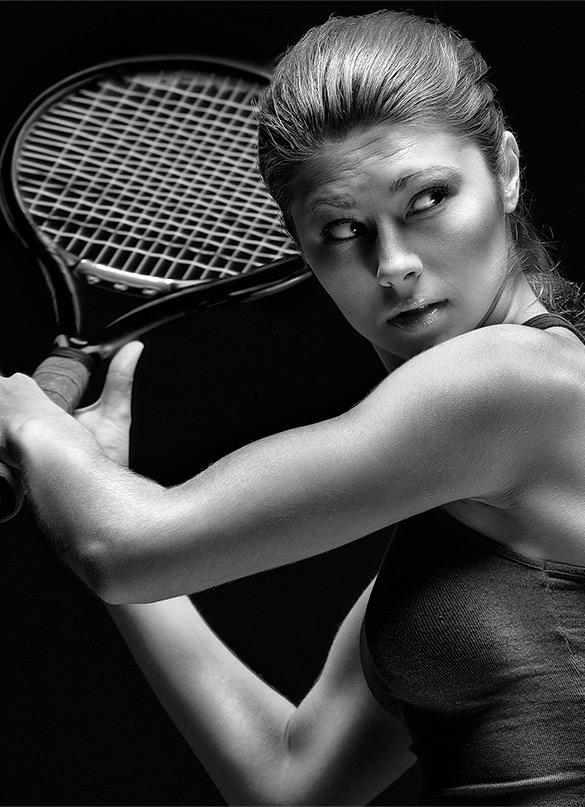BACK
For Sports
Eyesight is what we see and vision is what the brain perceives.
The visual system is the undisputed king amongst all the special senses. 80-90% of all the sensory input, while playing a sport, comes from the visual system.
Visual system can be trained & improved through specific exercises like any other motor system of the body. It responds positively to overload & to progressive increase the demand placed on it. As is true for physical exercises, athletes can sharpen their vision and condition it to the maximum level with proper training.
Visual system consists of a “Hardware” & a “Software” component. The hardware is the physical makeup of the eye & the software is the processing mechanism of the vision by the eye & its interpretation by the brain. Having a well-functioning hardware, athletes can enhance their performance by working on the software component of the visual system.
VISUAL SKILLS OF IMPORTANCE IN SPORTS
- Static Visual Acuity: This is the degree of detail that can be seen in an object or the ability of the eyes to resolve various sizes of objects at various distances. It is the basis of good vision and is a guide to other visual skills. All athletes should have 6/6 or 20/20 visual acuity in each eye as measured on the Snellen chart.
- Dynamic Visual Acuity: This refers to the athlete’s clarity of vision while in motion or while tracking a moving object.
- Eye Movements: This is the ability of the athlete to accurately use the two eyes together to fixate on a target and to maintain this fixation while the athlete and or the target is in motion or stationary. Eyes have three types of movements:
- Saccades: These are quick movements between two points in space usually at a speed of 400 to 700 degrees per second. They are directed towards stationary targets.
- Smooth Pursuits: These are slow eye movements and allow continuous visualization of moving the target. The usual reaction time between target movement and the initiation of smooth pursuits is 125-135 ms and the speed is about 30-70 degrees per second. They are used to track moving targets.
- Vergences: These are inward and outward movements of the two eyes together. Eyes can have convergence or divergence movements.
- Depth Perception (Stereopsis): This is the ability to judge the relative distances of objects by means of binocular vision.
- Peripheral vision: This is the ability to maintain an awareness of what is happening outside the direct line of vision. The binocular field extends to about 200 degrees horizontally and 130 degrees vertically.
- Eye-hand/body coordination: This involves the integration of the eyes with the hands/body. It determines the effectiveness of a perceptual motor response to a visual stimulus.
- Visual Concentration: This is the ability to pay constant active attention to a visual stimulus.
- Contrast Sensitivity: This is the measure of the visual sensitivity to various lighting conditions.
- Color Vision: This is the ability to distinguish different colors clearly and accurately in different background conditions.
- Accommodation: This is the ability to rapidly change the focusing of the two eyes from distance to near targets.

